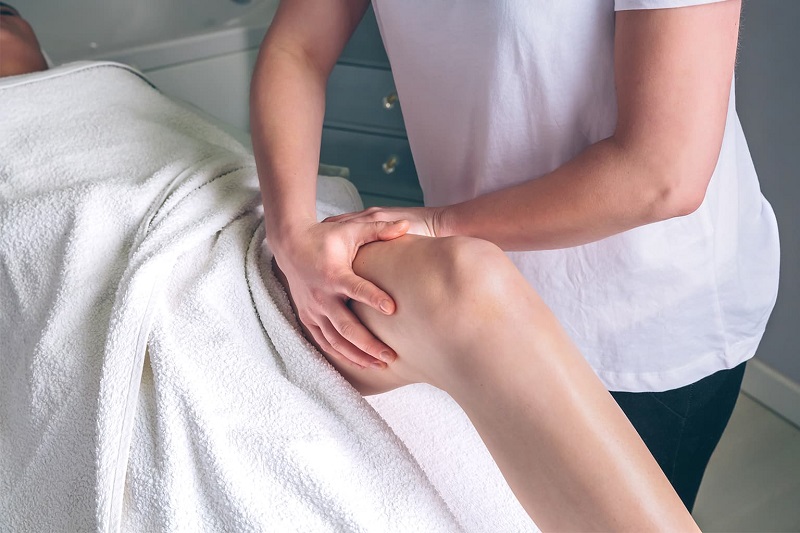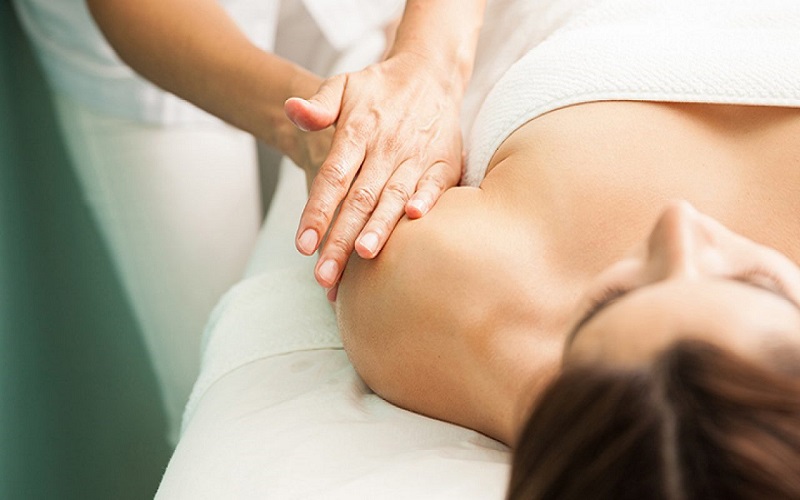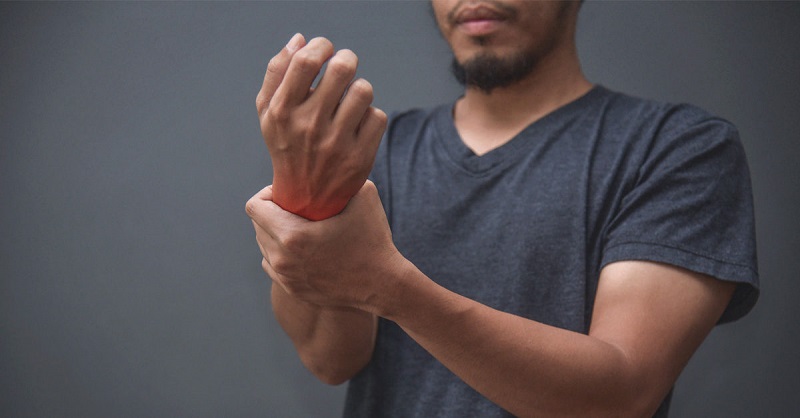Compressing, massaging, and caressing your skin, ligaments, tendons, and joints is as massage. Bodywork techniques can range from gentle stroking to considerable force, and Lymphatic drainage massage is one of a kind. It is as a component of holistic healing. For a wide range of medical disorders and settings it is increasingly being offered alongside therapy. The lymphatic system’s fluid aids in the removal of waste and poisons from human tissues. Lymph liquid can build up as a result of certain medical disorders. People with lymphedema, fibromyalgia, and other may benefit from lymphatic drainage sessions.
What is Lymphatic drainage?

Lymphatic massage, often known as conventional lymphatic drainage, is a type of medical relaxation that focuses on the lymphatic system. It can aid in lymphedema. It is a condition in which lymphatic fluid accumulates in some parts of the body due to a lack of adequate drainage. A caring practice is for the functioning of this massage. Lymphatic stimulation seeks to increase lymph velocity distribution, which should help to lessen swelling. Massage that does not cause swell will allow fluid to flow from more crowded places to those sections. It’s a relaxation technique that can assist edema caused by lymphatic system obstructions caused by medical treatment or poor wellness. It is the component that defends us against disease and inflammation.
Functions of Lymphatic drainage massage
Lymphatic drainage massage, also known as mechanical lymphatic drainage, can aid in the body’s healthy circulation, fluid equilibrium, and immune response. It’s a treatment approach that encourages the natural passage of lymph fluids, and studies have shown that it can help patients with the following health problems:
- Inflammation of rheumatoid
- Lymphedema is a condition that affects the lymphatic system (swelling in the legs, feet, or arms)
- Fibromyalgia is a chronic pain syndrome (a long-term condition that causes inflammation, discoloration of the skin, and swelling)
- Chronic venous inadequacy. It is blood pooling in the legs because leg veins don’t enable blood to circulate back to the circulation.
Kinds of Lymphatic drainage massage

They are the following:
Vodder.
The basic technique involves sweeping movements around the area by the practitioner.
Foldi.
Foldi is a variation of the Vodder method in which the massage therapist alternates between round hand strokes and periods of calm.
Casley-Smith.
Cyclic hand gestures, primarily using the sides and palms of the hands, are also used in this lymphatic drainage massage technique.
Leduc.
The method collects lymph fluid with hand motions before transferring it for nutrients into the lymphatic system.
Preparing Lymphatic drainage massage
Ventilation lymphatics
- Deep breathing helps transport fluid through the arteries and lymph nodes by acting as a pump. Take the following steps:
- Grasp the ribcage with both hands.
- Slowly inhale deeply and feel the air go down to your abdomen.
- Sigh slowly and deeply through your mouth.
- Continue five times, pausing between inhalation.
Make the front of the neck ready.
- Place pointer and middle digits of each hand just below the earlobe on either side of the neck.
- Gently slide the fingers down near the shoulders to expand the skin, and then relax.
- Sustain five times more.
- Repeat until you’ve massaged the entire neck with your hands.
Make the side of the neck ready.
- Place the palms of both hands below the ears on either part of the neck.
- Slowly lower and raise both hands.
- Prepare your neck’s rear.
- Place your palms on the back of your neck towards the hairline.
- Softly tumbled the hands base of the neck toward the vertebrae.
Prepare yourself under the arms.
- Position the lymph nodes under your arms to receive lymph fluid from your body. The exercise should not be in locations cancer has been treated by a doctor. Take the following steps:
- Beneath the underarm, cup your palm.
- Pump your palm upward and toward your body.
- Repeat with the opposite arm.
How Does a Lymph Drainage Massage Work?

Before obtaining a massage, consult your doctor and make sure you’re getting therapy from a qualified practitioner. The massage therapist will perform several massage methods, including stretching, compressing, gliding, and cupping motions, in an order. Light rhythmic movements that do not press firmly on the vessel promote the lymphatic system. They allow lymph fluid to flow freely through the nodes and tissues, preventing it from being stuck.
Benefits of Lymphatic drainage massage
They are the following:
- reducing water retention-induced edema
- Immune system enhancement to help prevent sickness
- Getting rid of germs and poisons
- Enhancing digestion
- Making you feel less fat and lighter
- Rest and calm support
- Body shape improvement
- Boosting muscle recovery to help with workout
- It increases IQ level
Performing Lymphatic drainage massage
- Use mild pressure and don’t push hard enough to feel the muscles while performing these massages movements.
- Maintain a relaxed hand position.
- Massage swollen or diseased regions sparingly.
- Do not massage regions of the body that have had cancer therapy.
- To help flush the body, drink additional water after each session, ideally 2–4 glasses.
- There should be no discomfort or reddening of the skin during the massage.
- Only use your hands. No creams or other cosmetics.
Tips for Lymphatic drainage massage
- Get “light and fluffy” in your physique.
- Fog of Mind.
- Urination becomes more odorous.
- Stool movements that be more odorous.
- Your body odor will temporarily change. Sweating has increased.
- Sleep that is more restful and longer.
- Craving or a desire for fats
- Hunger.
- Tiredness is a desire to sleep or rest.
- Discharge of the sinuses.
- Drainage of the ears.
- Reduction of Inflammation and headaches.
- Efferent lymphatic node reductions (2-7 days)
- Congestion shifts from one sinus to another, pressure adjustments, and it is in joints or regions where there has been recent damage or trauma.
When Should You Have a Lymph Drainage Massage?
Lymph drainage massage is an effective treatment for lymphedema and other health problems. Consult a physician about the benefits of this form of treatment if you experience symptoms of retained lymph fluid in your system.
Final words
Overweight, infection, illness, and cancer are among diseases that can cause lymph fluid to build up, resulting in lymphedema. Lymphatic drainage massage, which uses mild pressure to transport lymph (extra fluid) from your cells to your lymph nodes, can assist in reducing it.

